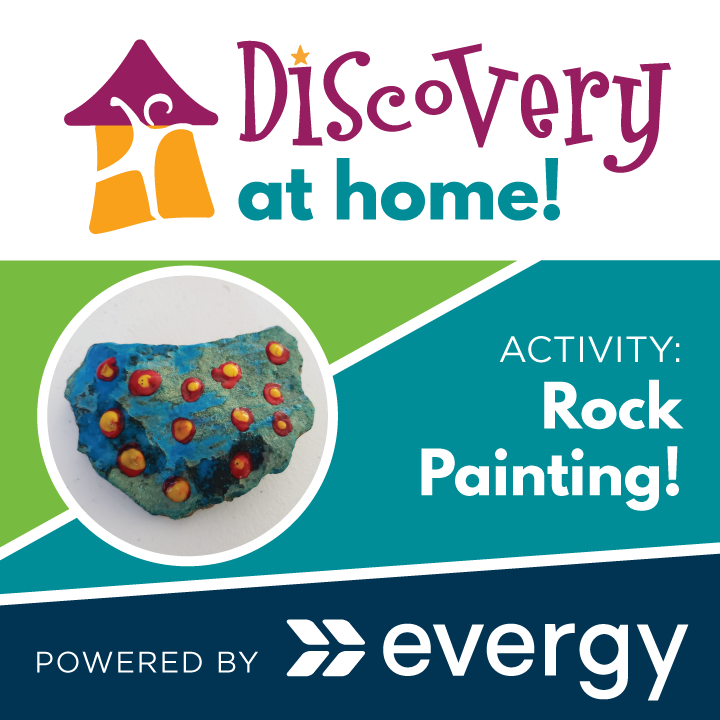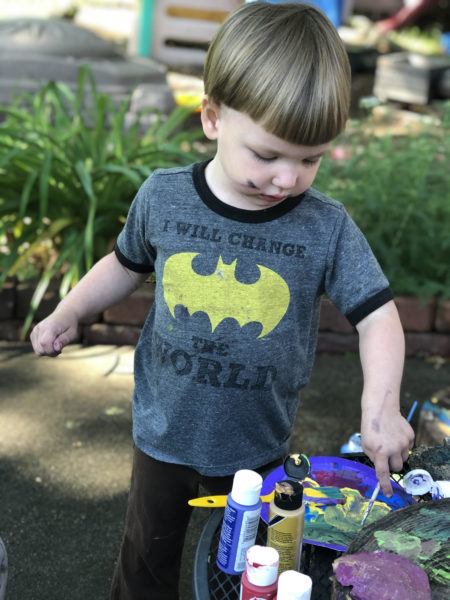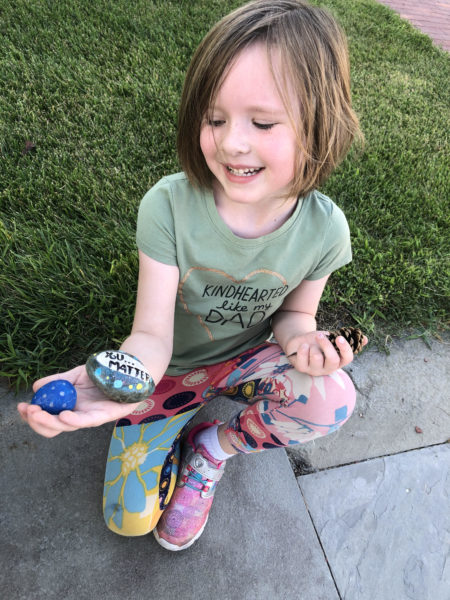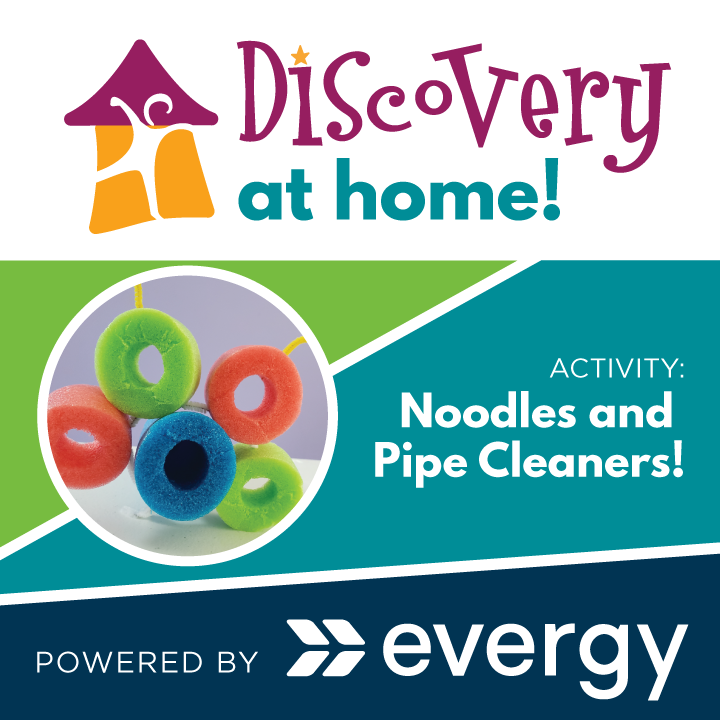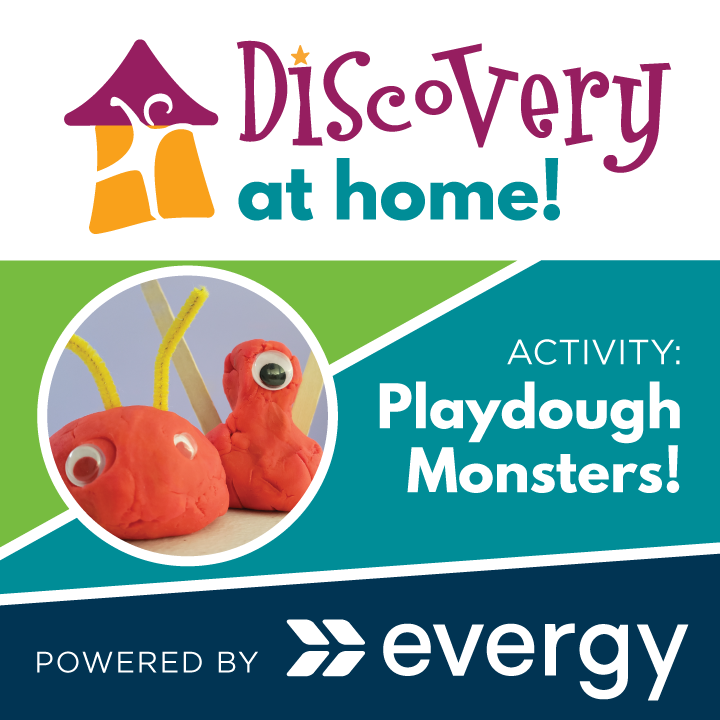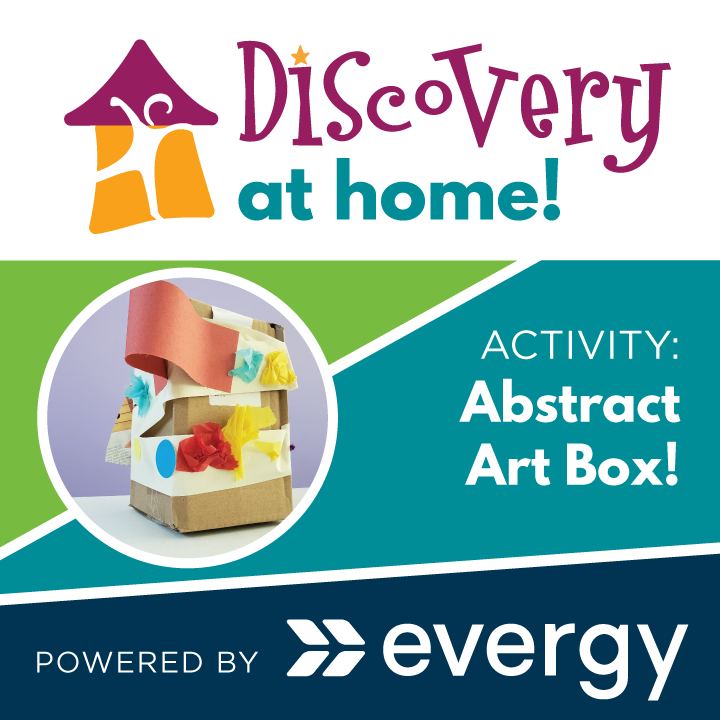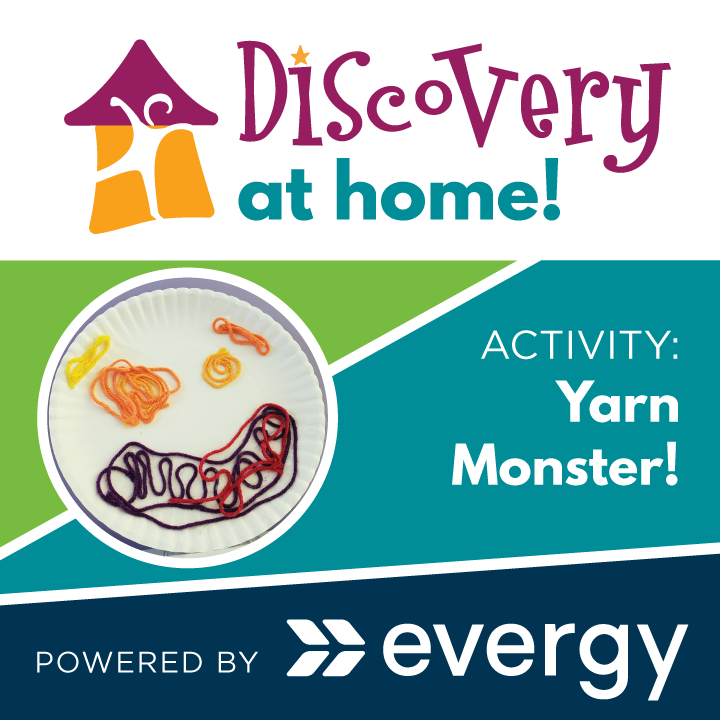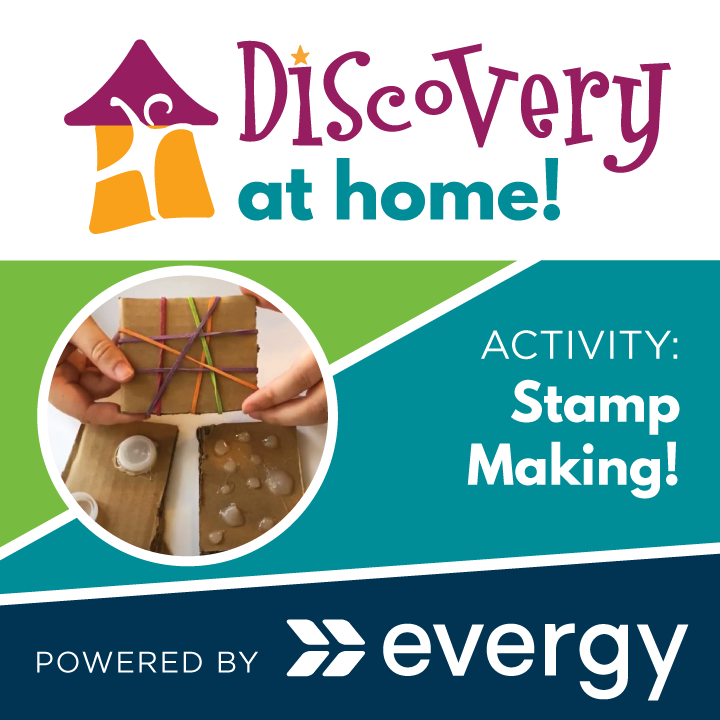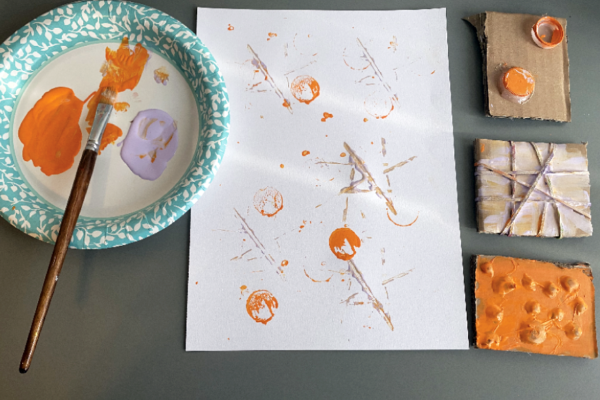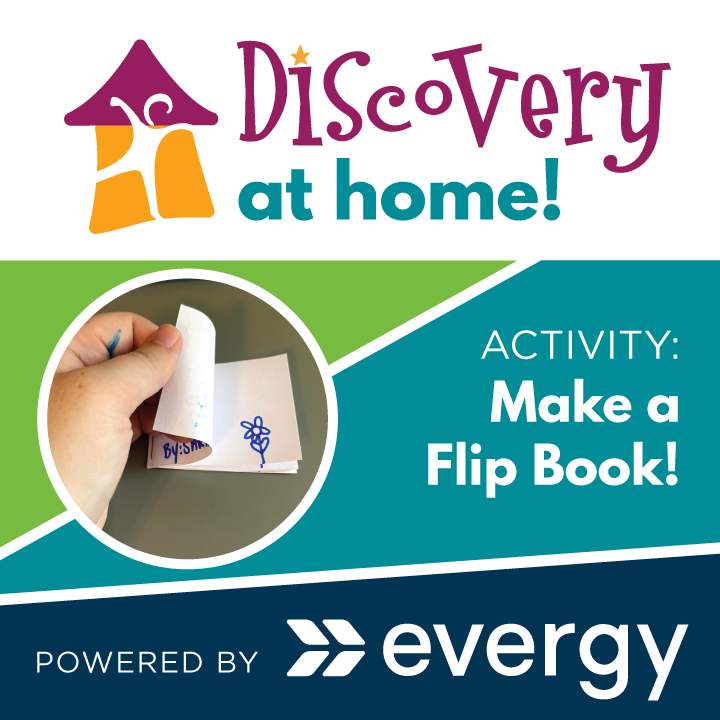What you need:
- Cornstarch
- Measuring cup
- Boiling water
- Cold water
- Food coloring
Directions:
- Mix and stir together 2 C cornstarch and 1 C cold water.
- Add 4 ½ C boiling water.
- The mixture should look like hot oobleck. Stir until it melts into a custard like consistency.
- Separate into individual containers before adding the food coloring. Be sure mixture is cool before giving to your toddler!
- To thicken: add an additional cup of cornstarch or stir over low to mid heat rather than in a bowl.
- This non-toxic toddler paint can be used as finger paint or with a brush. The thick and gel-like consistency will take longer to dry than store bought paint, but the satisfying texture is pleasing for all ages, inspires creativity, and provides sensory input through free exploration. Paint inside seated at a table or on a highchair tray.
Ways to expand the activity:
- For a pleasant scent, add a few drops of vanilla!
- Make it an outside play day! Get a large plastic tub or cardboard box and place your toddler and the paints inside. It cleans easily with a hose, or toss the box at the end of play.
What do they learn?
- Fine and gross motor development: from the trunk and shoulders to the wrists and fingertips.
- Life skills: mixing, stirring, combining wet and dry ingredients, cause and effect, before and after, and helping with an easy clean up!
- Play: Flexible, free, open-ended discovery encourages creativity.



